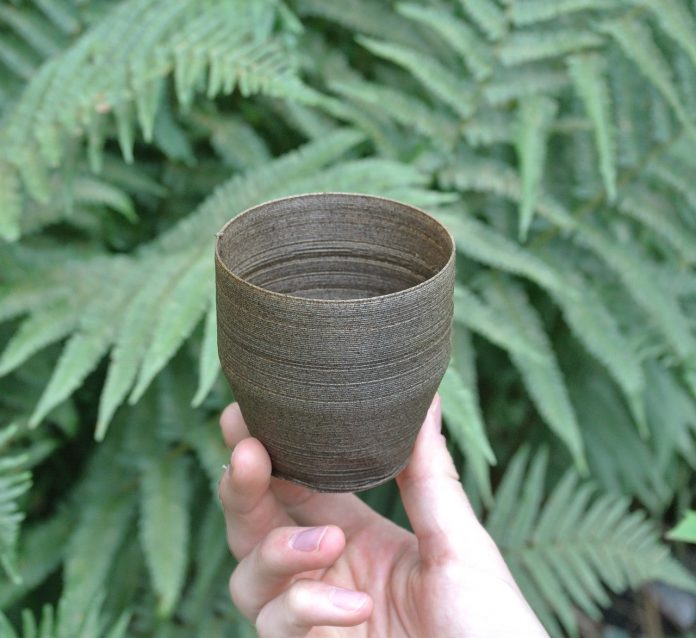Sustainable materials are becoming increasingly important in product design as consumers and businesses alike prioritize environmental responsibility. Using sustainable materials can not only reduce the environmental impact of a product, but it can also improve its overall sustainability and lifecycle.
In this blog post, we’ll explore some examples of sustainable materials that are commonly used in product design and their unique characteristics.
Table of Contents
Bioplastics
Bioplastics are a type of plastic made from renewable resources, such as corn starch, potato starch, or sugarcane. They are an alternative to traditional petroleum-based plastics and can be used in a variety of applications, including packaging, textiles, and automotive parts.
One of the main benefits of bioplastics is that they are biodegradable and can be broken down by natural processes into water, carbon dioxide, and biomass. This makes them a more sustainable choice than traditional plastics, which can take hundreds of years to break down and contribute to pollution and waste in the environment.
You can read more about bioplastic on the following article – What are Bioplastics – Benefits and Examples of Using in Product Design
Bamboo

Bamboo is a fast-growing grass that has gained popularity as a sustainable material in recent years. It is strong, durable, and lightweight, making it a suitable substitute for wood in a variety of products, including furniture, flooring, and construction materials.
Bamboo is also highly renewable, with some species able to grow up to a foot per day. It requires minimal pesticides and fertilizers to grow, making it an environmentally friendly alternative to traditional wood products.
Read our article about Bamboo – The Advantages of Using Bamboo in Product Design: Renewability, Low Carbon Footprint, Durability, and Recyclability
Recycled materials
Using recycled materials in product design is a great way to reduce waste and conserve natural resources. There are many different types of recycled materials that can be used, including plastic, metal, and glass.
One example of a product made from recycled materials is recycled plastic lumber, which is used in outdoor furniture, decks, and fences. Recycled plastic lumber is made from post-consumer plastic waste and is a durable, low-maintenance alternative to traditional wood products.
Other common recycled materials used in product design include recycled glass and metal, which can be used in a variety of applications, including countertops, tiles, and construction materials.
Cork

Cork is a natural, renewable material that is harvested from the bark of cork oak trees. It is a popular choice in product design due to its durability, insulation properties, and resistance to water and pests.
Cork is commonly used in flooring, shoes, and other products where its unique properties are desirable. It is also biodegradable and can be recycled, making it a sustainable choice for product design.
Wool
Wool is a natural, renewable material that is produced by sheep and other animals. It is a popular choice in product design due to its durability, insulation properties, and ability to regulate temperature.
Wool is commonly used in clothing, blankets, and other textiles, but it can also be used in products such as carpets and insulation. It is a sustainable choice as it is biodegradable and can be recycled, and the production of wool has a lower environmental impact compared to synthetic fibers.
Summing Up: The Importance of Sustainable Materials in Product Design
Sustainable materials are an important consideration in product design as they can help to reduce the environmental impact of a product and improve its overall sustainability. Bioplastics, bamboo, recycled materials, cork, and wool are just a few examples of sustainable materials that can be used in product design. By choosing to use these materials, businesses and consumers can play a role in reducing waste and conserving natural resources.
































